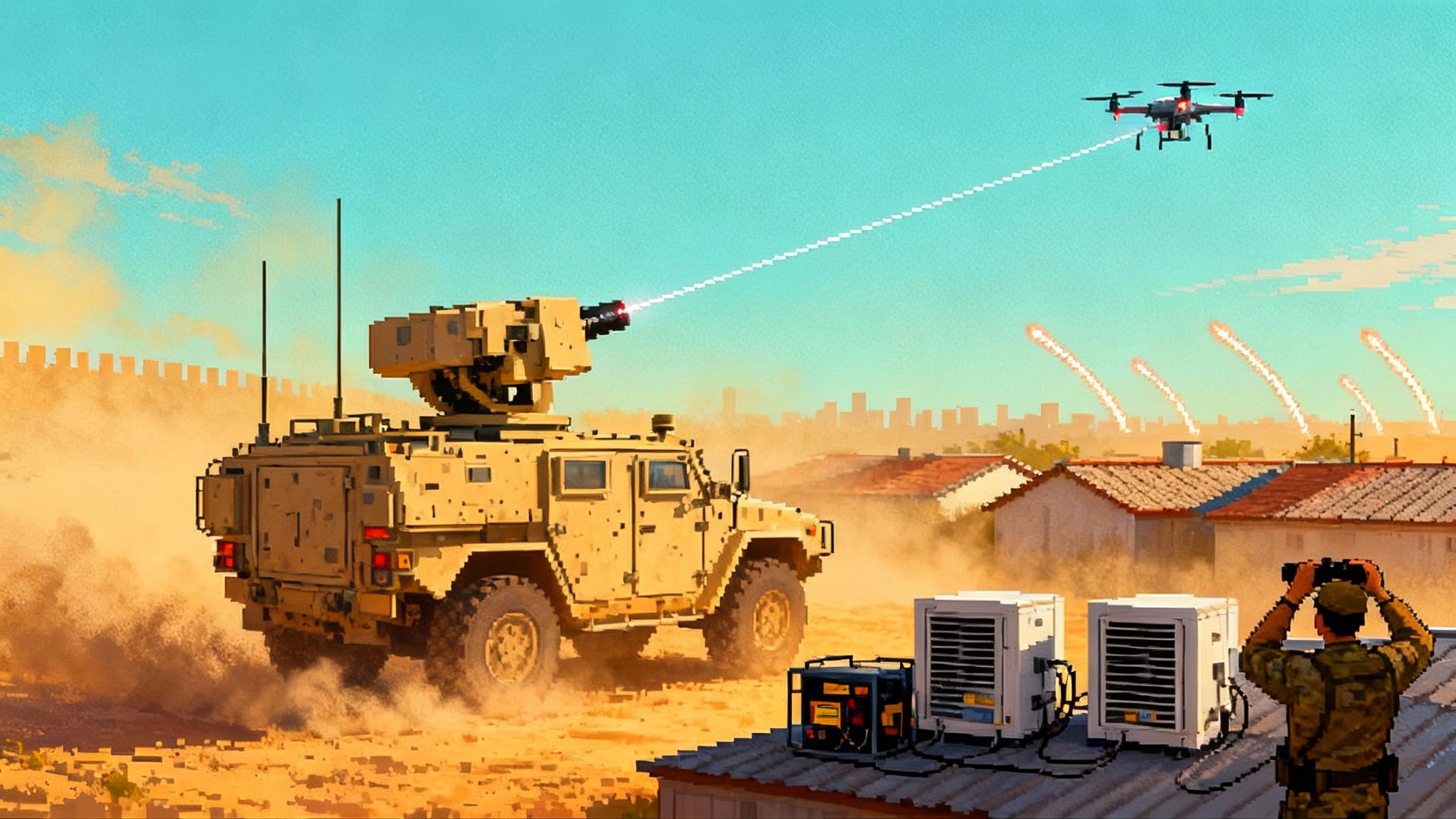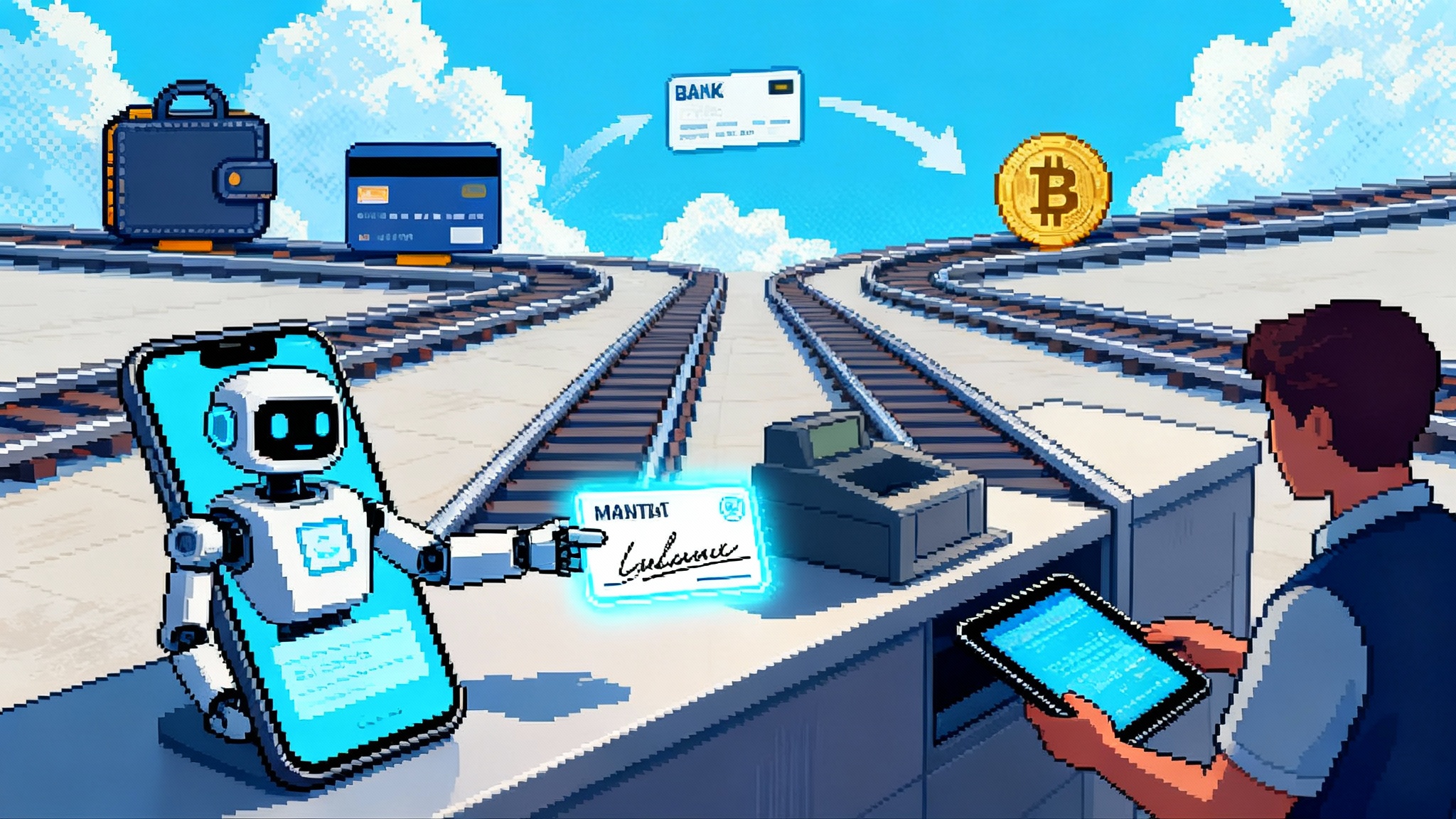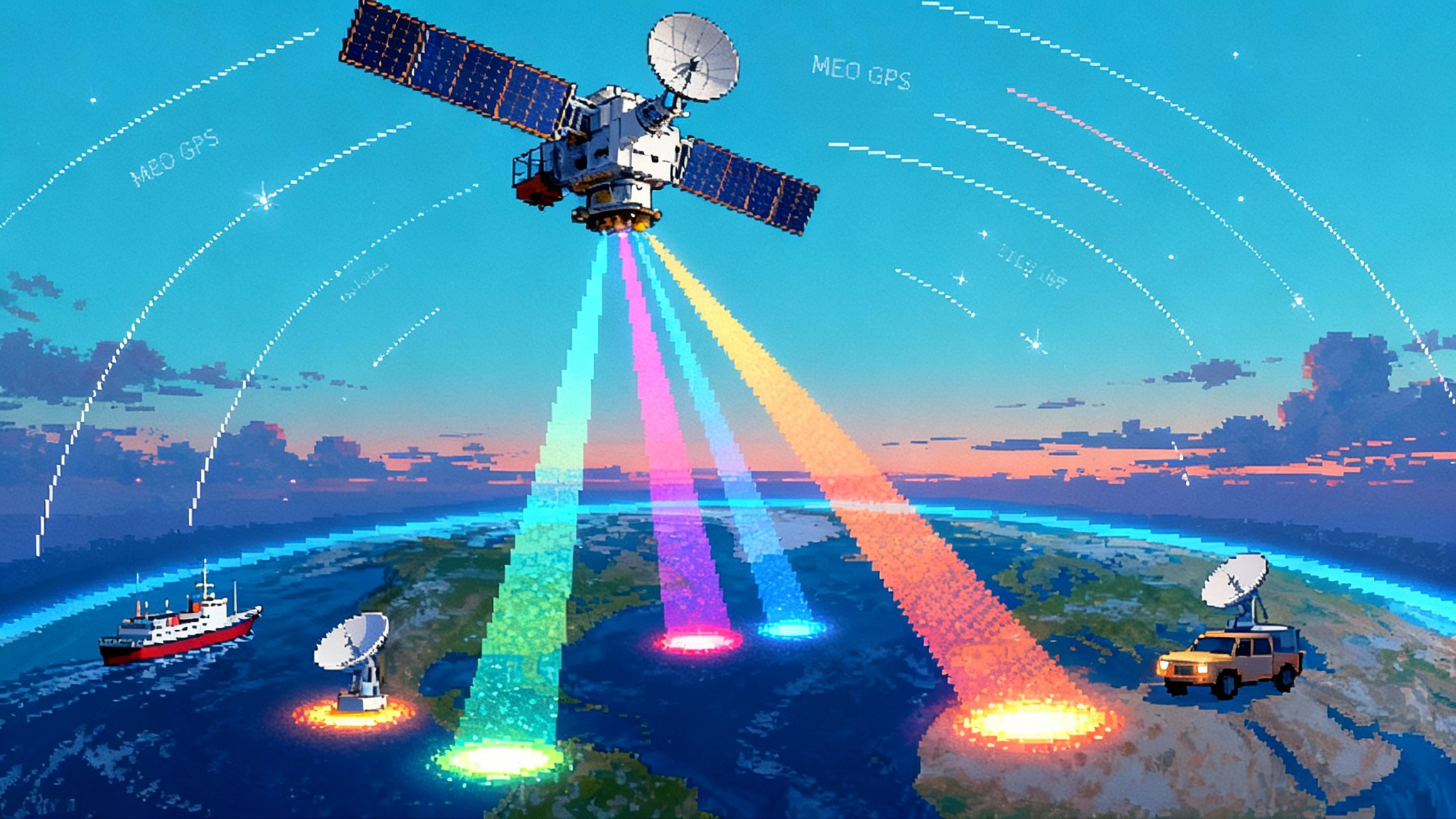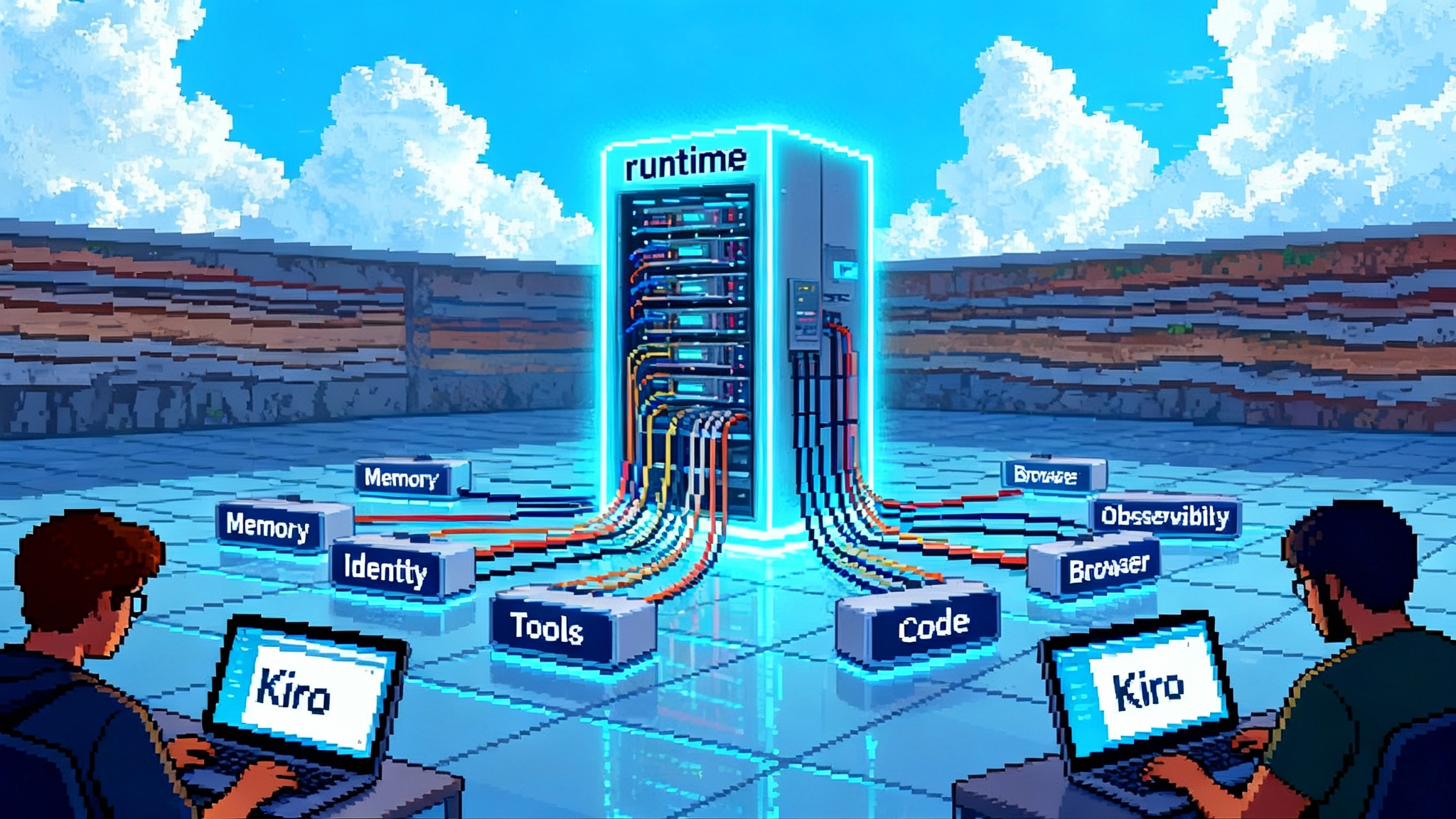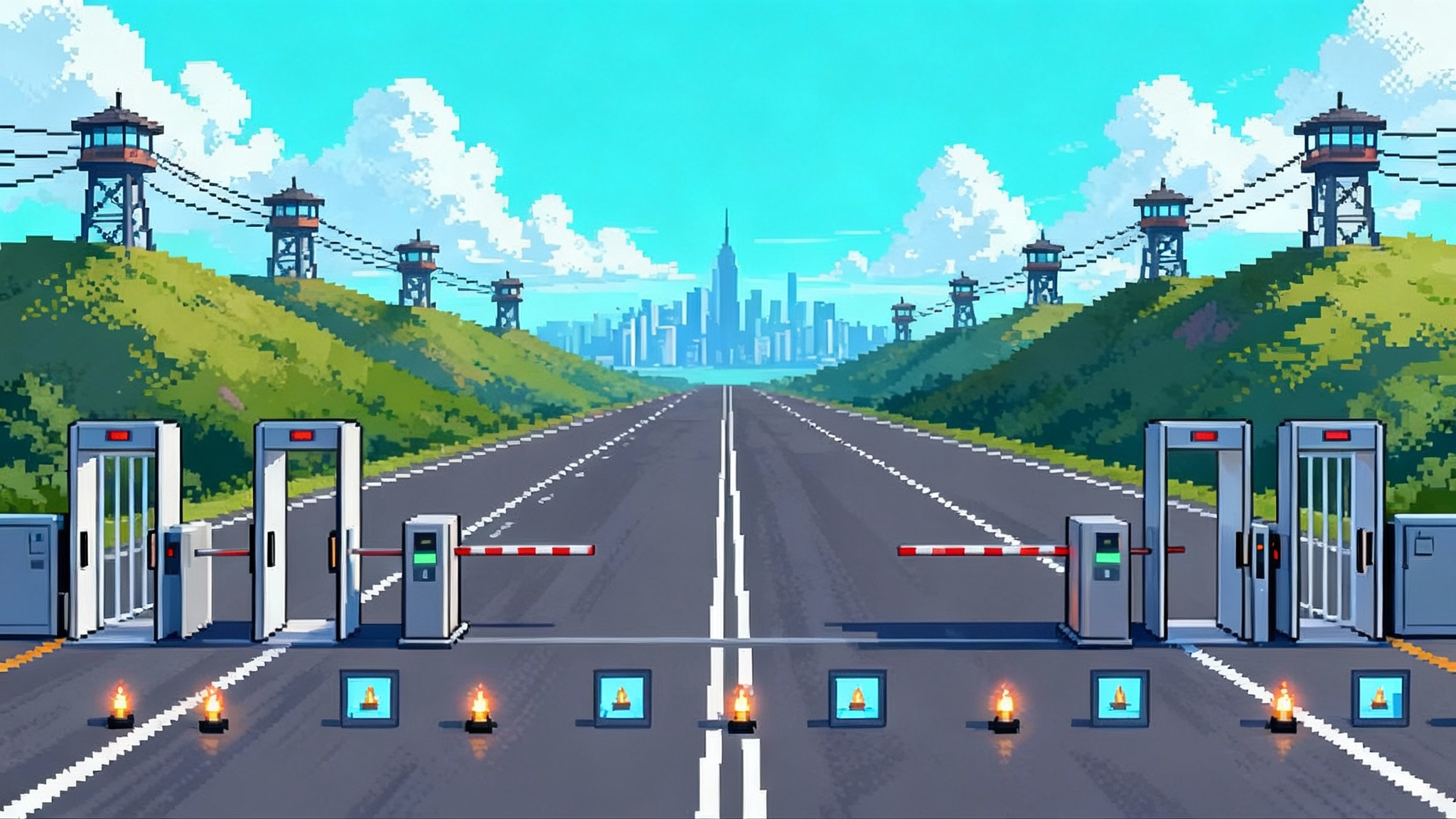Relaying what matters next.
The Relay is a new media project dedicated to covering slightly futuristic domains such as artificial intelligence, space exploration, longevity science, crypto and blockchain, advanced biology, and defense technologies. Our mission is to capture the signals of tomorrow and relay them forward with clarity, depth, and context.
What's happening today?
TRAPPIST‑1e’s Atmosphere: JWST Hints Keep Nitrogen in Play
Fresh JWST results from September 2025 rule out hydrogen-dominated skies for TRAPPIST-1e and make a Venus or Mars style carbon dioxide blanket unlikely. A nitrogen-rich atmosphere or a bare rock remain in play, and the next JWST transits could decide it.
Browser Becomes an Agent: Gemini in Chrome and A2A
Chrome is evolving from a place where you work to a partner that works for you. With Gemini moving into the browser and a new Agent2Agent protocol for interop, tasks shift from single chatbots to coordinated agents that plan, negotiate, and execute across the web.
2025: The Year Laser Air Defense Finally Went Live
Israel is bringing Iron Beam into service while China publicly rolled out LY‑1 and OW5 lasers. Together they signal a real shift in counter‑drone and rocket defense, where cost per shot, physics limits, countermeasures, and U.S. fielding plans collide.
Generic Listing Unlocks Solana, XRP and Memecoin ETFs
On September 17, 2025 the SEC approved generic listing standards that let U.S. exchanges list crypto commodity-based ETPs without case-by-case 19b-4 reviews. Here is what changes for Solana, XRP and even memecoins across eligibility, liquidity, spreads and options.
CHIP becomes actionable: TET2, canakinumab and colchicine
Two 2025 signals shift clonal hematopoiesis from curiosity to clinical tool. A July genotype-guided trial tests canakinumab in TET2 CH, and ESC 2025 data suggest low-dose colchicine can slow TET2 clonal growth. Screening now has direct consequences.
AP2: Google’s trust-and-consent layer for AI checkout
Google’s Agent Payments Protocol standardizes how AI agents prove user intent and consent at checkout. We break down how AP2 works, what it could unlock for retailers, wallets, and issuers, and where the hard gaps remain.
NTS-3 Is Up: Reprogrammable PNT and the Next GPS Fight
Fresh off the USSF-106 launch, NTS-3 brings software-defined, beam-steered navigation from lab to orbit. Here is how agile waveforms and regional protection could reshape contested PNT, user gear, and acquisition cycles.
AWS’s Quiet Play to Own the Enterprise Agent Runtime
Amazon is quietly assembling an enterprise agent platform under Bedrock that spans runtime, memory, identity, tools, observability, and a new agentic IDE. Here is why the competitive front is shifting from model choice to runtime control, and how to evaluate AWS against Azure and Google over the next year.
SDA Tranche‑1 lifts off, starting monthly builds of PWSA
On September 10, 2025 the Space Development Agency launched 21 Transport Layer satellites, the first operational slice of PWSA. A monthly cadence now aims to turn demos into real regional capacity with Link‑16 from orbit and a growing optical mesh.
L2s Finally Flip the Switch on Permissionless Fault Proofs
After years of delays, major optimistic rollups finally shipped permissionless fault proofs. Arbitrum flipped on BoLD and Base reached Stage 1 with a decentralized security council. Here is what changes for withdrawals, bridges, and integrations across the Superchain.
Biannual RNAi for Hypertension Enters Global Outcomes Trial
ESC 2025 delivered first KARDIA-3 results for zilebesiran and a green light from Roche and Alnylam for ZENITH, a global cardiovascular outcomes trial. Here is what twice yearly blood pressure control could mean for adherence, safety, healthspan, and equity.
Chrome makes Gemini the new default runtime for web agents
Google is building Gemini directly into Chrome, adding AI Mode in the address bar and a page‑aware assistant that can read, reason, and soon act across tabs. Here is what changes for search, ads, Workspace admins, and the open web.
Summer 2025 made batteries the grid’s new peaker plants
A scorching Summer 2025 flipped the peaker playbook. ERCOT surpassed CAISO in battery capacity, Texas storage set a 6.3 GW evening discharge record on July 11, CAISO credited storage for stronger reserves, and Puerto Rico’s home batteries performed like a paid virtual power plant.
Telomere repair goes clinical and the longevity calculus
A February 25, 2025 first in human readout showed lineage specific telomere elongation after an autologous ZSCAN4 cell therapy in patients with telomere biology disorders. Here is what that signal means, the real risks, and the milestones to watch over the next two years.
Webb’s first planet image: TWA 7 b and the new roadmap
In June 2025, the James Webb Space Telescope’s MIRI coronagraph isolated a faint, orange point inside the debris disk of the young star TWA 7. If confirmed, the Saturn mass candidate TWA 7 b would be the lightest world ever captured by direct imaging. Here is how the detection works, how it will be confirmed, and why it accelerates the route to imaging Earthlike planets.
The hidden bottleneck in Sentinel’s new-silo pivot
By opting for all‑new silos in May 2025, the Air Force shifted Sentinel from a missile program to a civil‑works megaproject. Concrete, fiber, power and EMP hardening now drive cost, schedule and risk, with GAO warning Minuteman III may have to serve into the 2050s if execution slips.
GENIUS Act resets stablecoins: USDC vs Tether’s USAT
With the GENIUS Act now law and Treasury racing into rulemaking, the onchain dollar market is entering a new phase. We map the rule timeline, disclosures, and how USDC and Tether's USAT could reset exchanges, DeFi, and payments from 2025 to 2026.
Order 1920’s trench fight: courts, clocks, and cost splits
Order 1920 left the page and entered the trenches in 2025. Rehearing clarifications, a new FERC chair, Fourth Circuit consolidation, and a demand shock from data centers now collide with looming compliance deadlines that will decide who actually builds long lines.


